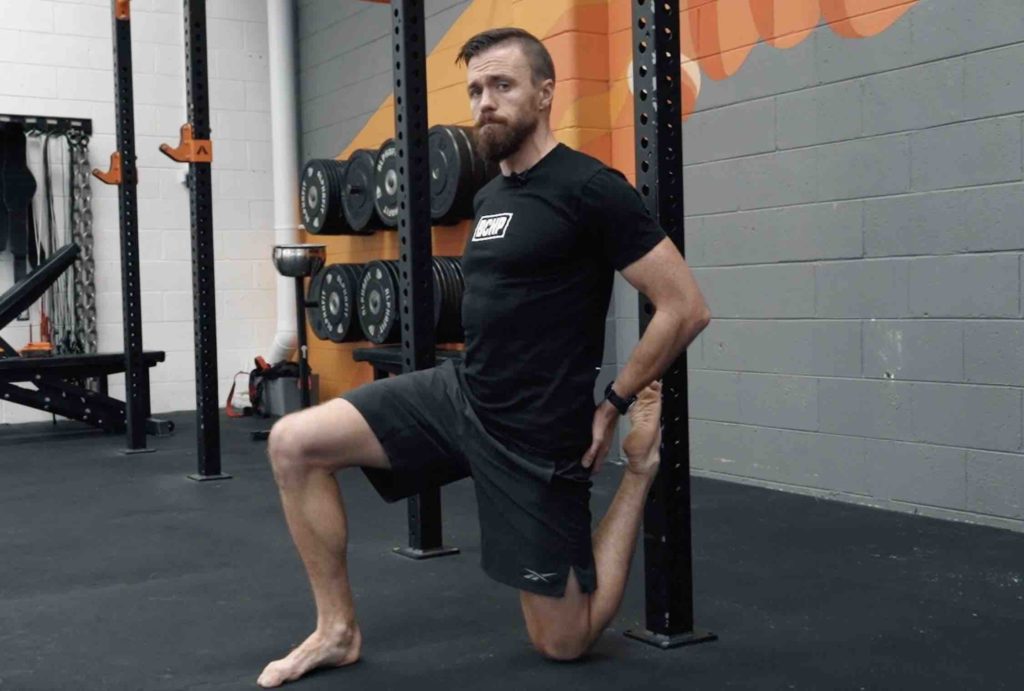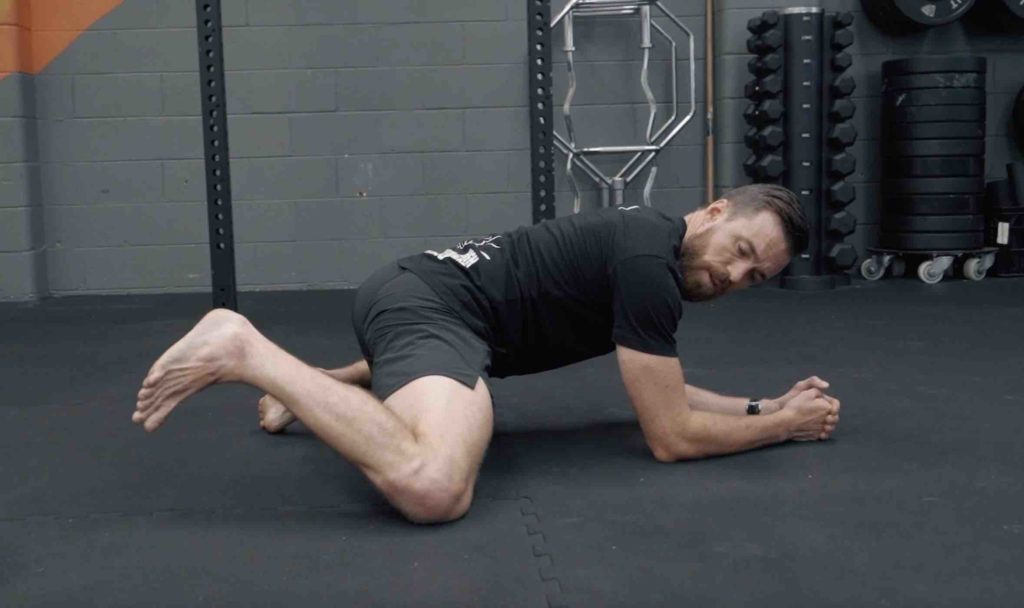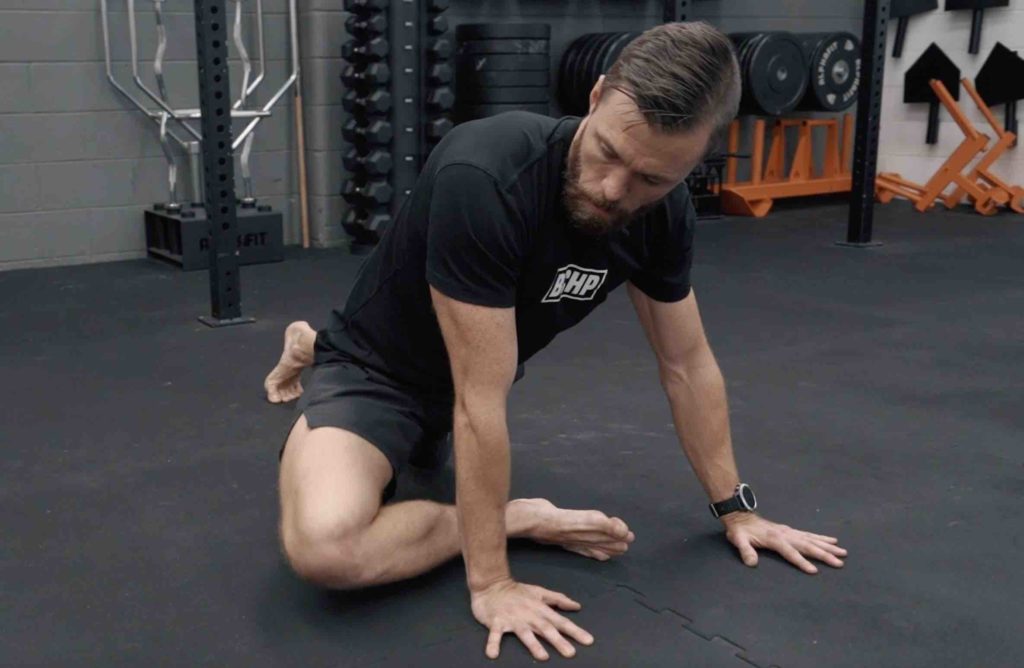Why is your squat mobility so important?
The squat is a powerful lower-body exercise that can improve your strength, flexibility, and balance. Whether you’re using your bodyweight or loaded up with a barbell or kettlebell, a basic squat is a great way to build your glutes, hamstrings, and quadriceps. However, if your squat technique is not up to scratch, you could be putting yourself at risk for injury.
Learning how to squat with proper form is easier than you might think! Below is my 4-step system to a perfect squat form. The squat can be a punishing exercise, so start slowly and gradually build up your squatting strength and endurance to avoid any injuries.
Step 1: Screen, Test or Assess your Squat Mobility
How will you fix your bad squat form if you don’t know what’s wrong with it? Before you do anything else, you’ll need to conduct some basic assessments to uncover your problem areas. Some screens you should use to assess your squat include:
- Breathing
- Ankle mobility
- Hip extension, internal and external hip rotation
- Overhead squat
You can use our 10 Step Self Screen to test all of these things.
Step 2: Mobilise the squat pattern
Once you have completed the initial assessment and addressed any issues, you will need to mobilise the pattern. Mobilisation is a helpful tool to prepare yourself for training and effectively moves the needle towards a pain-free squat pattern. Focus on trigger point therapy and mobilisation techniques such as proprioceptive neuromuscular facilitation techniques or PNF stretching with exercises that improve:
- Ankle Mobility
- Hip extension and;
- Internal & External rotation of the hip



If you’re new to training and looking to improve your hip mobility. Here’s a whole masterclass on squat mobility which includes the couch stretch, frog stretch and pigeon stretch:
Step 3: Stabilise your squat
Stability through range of motion is often forgotten. This can be achieved in many ways, but to fix your squat, you need to be able to move through the range of motion with stability.
If you find you are being pulled forward when performing an overhead squat, you might have issues with your trunk stability. The exercises in the following video will help teach you how to maintain your midline stability while your limbs are moving:
Step 4: Integrate your squat back into training
When mastering the proper squat form, you must select the right squat movement for your ability level or goal. Options include:
- Bulgarian split squats
- Cossack squats
- Airborne lunge
- Pistol squats
These are great movements that isolate each side in split and single stance. This is helpful if you have discovered asymmetries within your squat and need to focus on one side in particular.
Cossack squats and other lateral movements can help get you out of the sagittal plane to improve your lateral hip stability.
When integrating new squat variations into your workout routines, start with high reps and low weight to allow your body to adjust over time. You can start this with minimal equipment by mastering goblet squat form with a single kettlebell or dumbbell.
In the video below, we’ll take you through various exercises to improve your squat mobility, such as the goblet squat, lunge varieties, split squats, and single kettlebell movements.
By following this 4-step system, you’ll be squatting like a champ in no time. This system can be applied to different squat variations that you’re on your way to mastering, from the basic squat to a sumo squat, squat jump, and more!
A full squat workout to improve squat mobility
Complete the sequence below for 2-3 rounds. Use as little rest as possible and add more rounds if required:
60sec Ankle Mobility or Sitting Drills e/s
60sec Couch Stretch or Lunging Activation e/s
60sec Hip Prying
Then;
15 Face the Wall Squats
10 Goblet Squats or similar
Swap hip prying for frog stretch (internal rotation) or active pigeon (external rotation) as required. You can also use a barbell, kettlebell or dumbbell for your weighted squat exercise.
Once completed you can test movements such as your Ankle ROM and Overhead Squat to assess the impact of the session
If you’re really looking to take your squatting ability to the next level, try working towards your first Pistol Squat.
Don’t forget to periodically complete the Self Screen to make sure you’re heading in the right direction and to identify any problem areas that come up that may hinder your good squat form. Ready to progress your training? Try these split squat and lunge variations here.